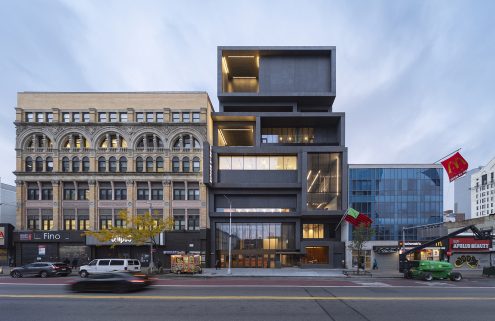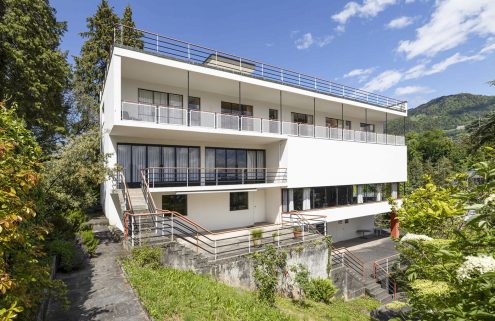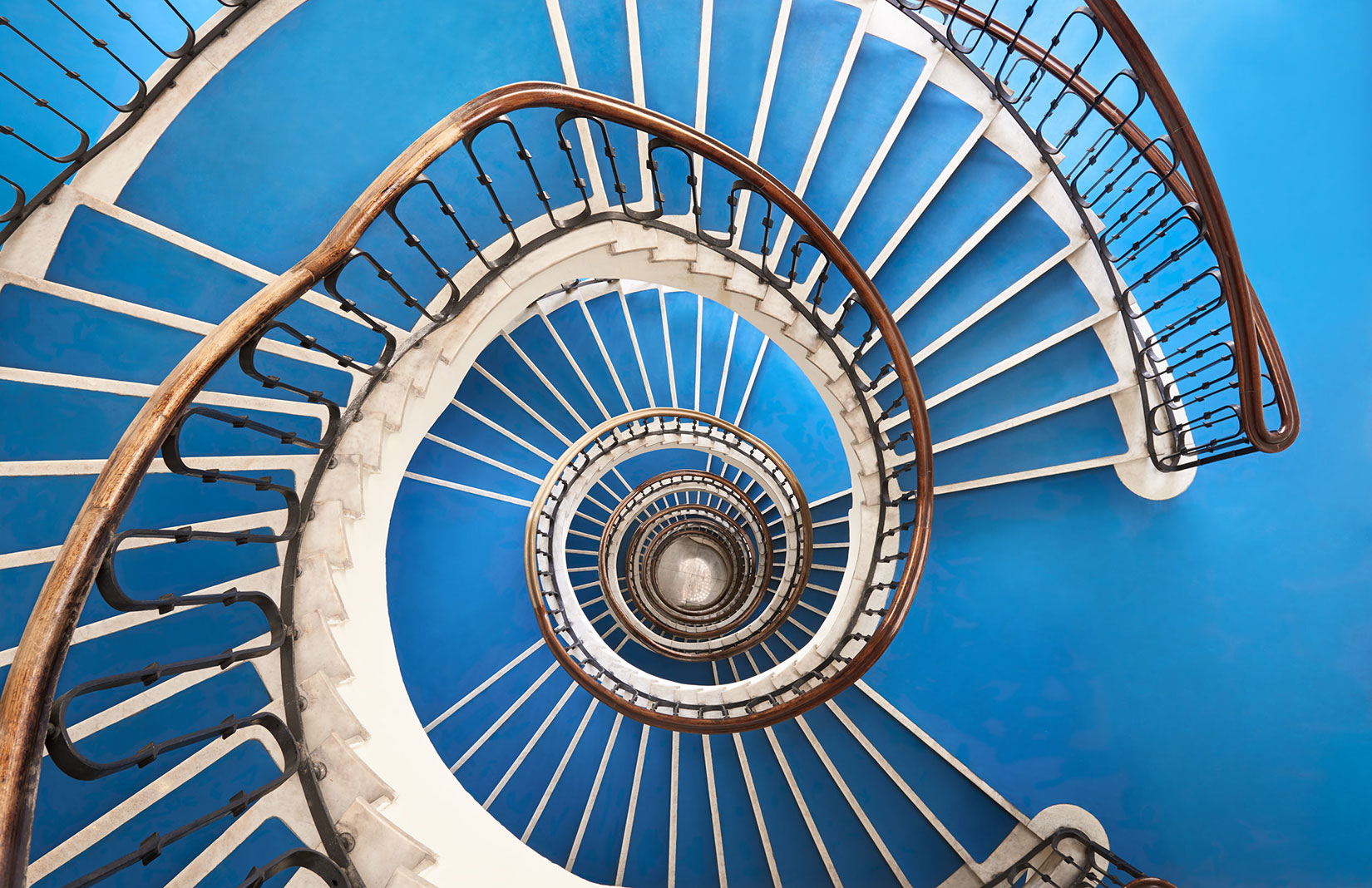Think of Budapest and you usually envisage opulent Gothic buildings, Byzantine influences and Art Nouveau flourishes. Less likely to spring to mind is Bauhaus – a discrepancy that photographer Balint Alovits is attempting to put right in his series Time Machine.
In fact, Bauhaus style was an important architectural movement in the Hungarian capital between 1930 and 1948. As the city expanded, districts to the north such as Újlipotváros were transformed from industrial wastelands into residential idylls, their architects inspired by modern European trends.

Photography: Balint Alovits
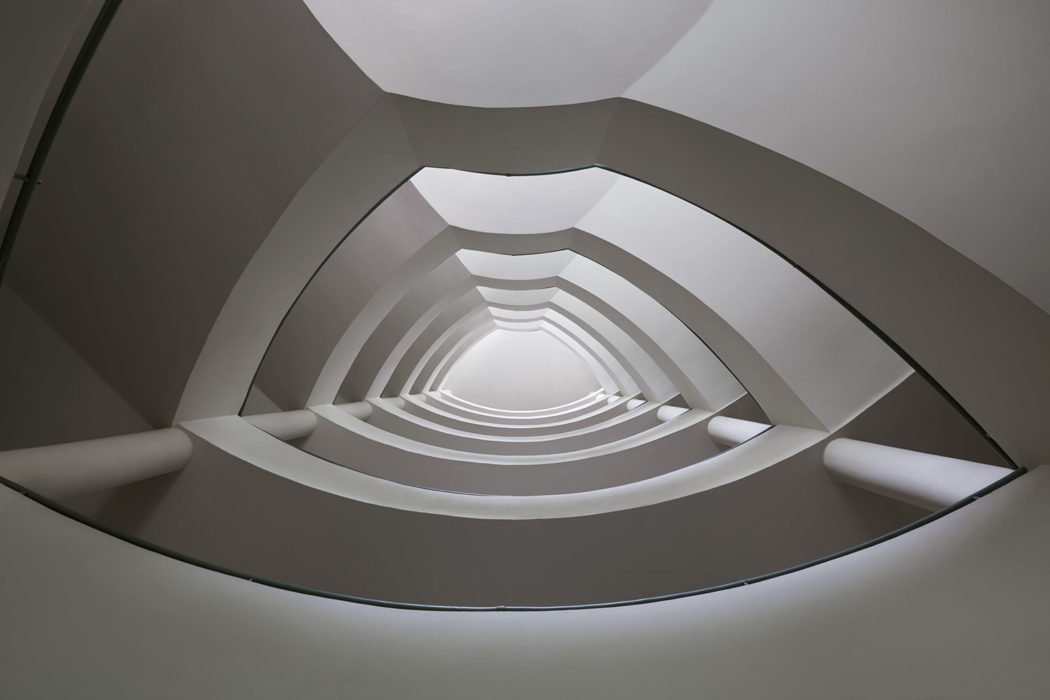
Photography: Balint Alovits

Photography: Balint Alovits
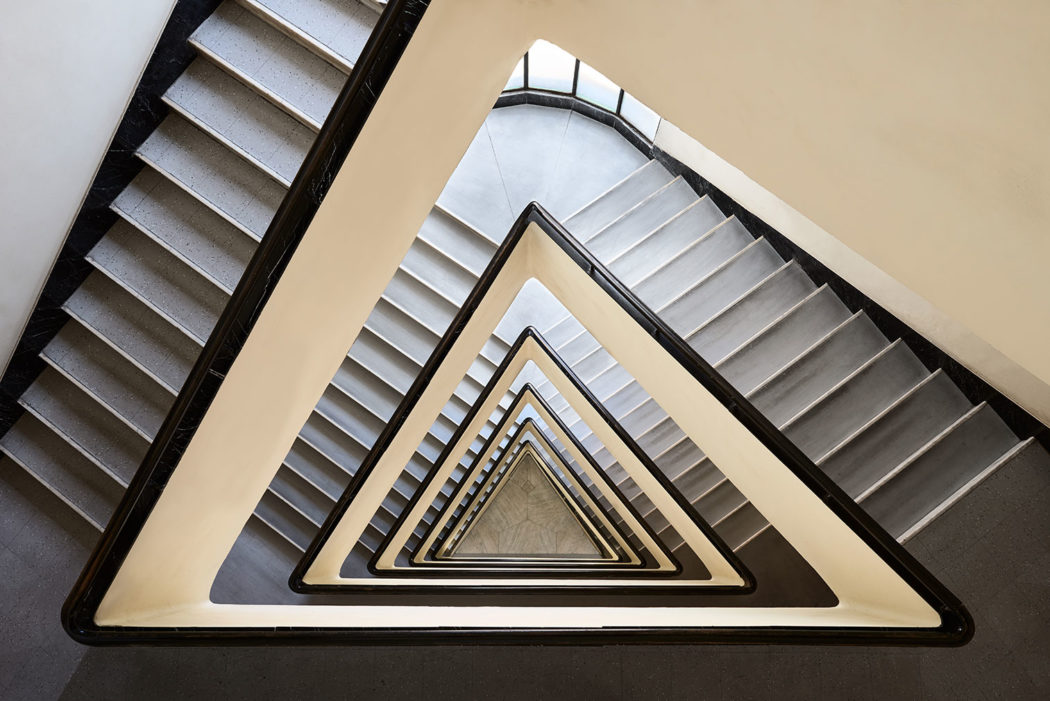
Photography: Balint Alovits

Photography: Balint Alovits
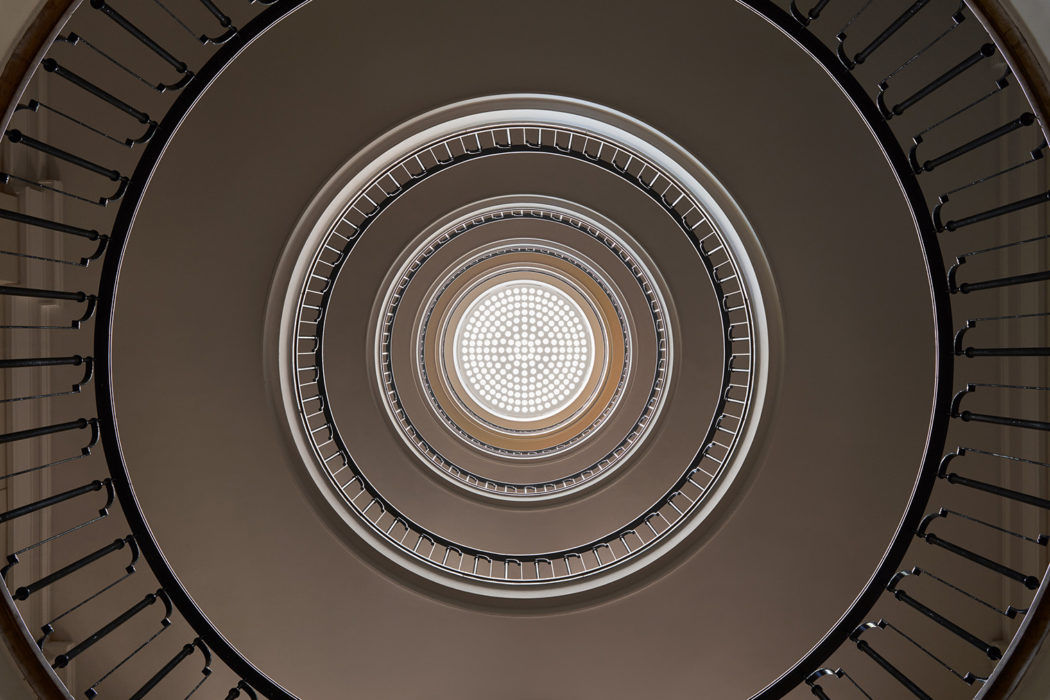
Photography: Balint Alovits
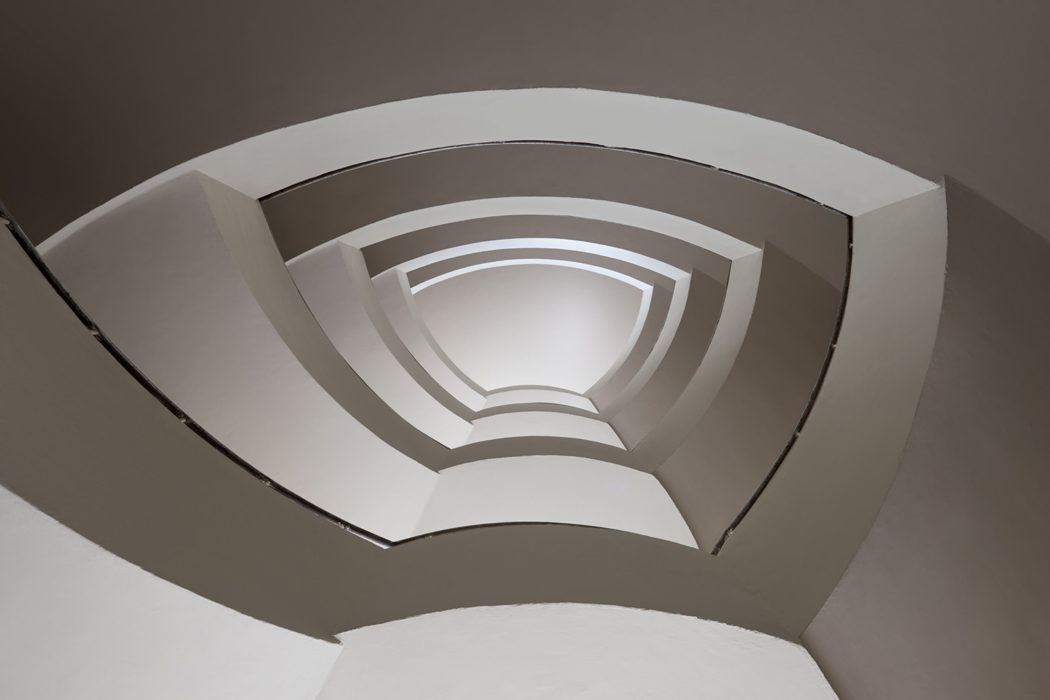
Photography: Balint Alovits

Photography: Balint Alovits

Photography: Balint Alovits

Photography: Balint Alovits

Photography: Balint Alovits

Photography: Balint Alovits
As a result, Budapest has a wealth of fascinating Bauhaus and Art Deco architecture, created by the likes of Béla Hofstätter and Ferenc Domány, but the majority are hidden from public view, with only tantalising glimpses available to those in the know.
It was the details of these buildings – specifically the mesmeric shapes and shades of the stairwells – that Budapest native Alovits set out to record. His series of swirling vortexes capture the easy grace of the buildings, the flow of their spaces as they spiral skywards.

By isolating the stairwells, Alovits has abstracted them. ‘Looking at these spiral forms from a different perspective evokes the idea of an infinite vortex that feels out of this world,’ he says. ‘Flip a switch in your mind and you’re staring into a time portal straight out of a sci-fi movie.’
Not much is written about the Bauhaus heritage of Budapest, so Alovits relied on his instinct while searching for his subjects.

‘The real hidden treasures I found on long walks,’ he says. ‘After some time, you develop a sixth sense. If you come across ornate front doors or large glass panelling, there’s a good chance there’s something to see inside.’
Read next: Rik Moran photographs Tel Aviv’s Bauhaus architecture
